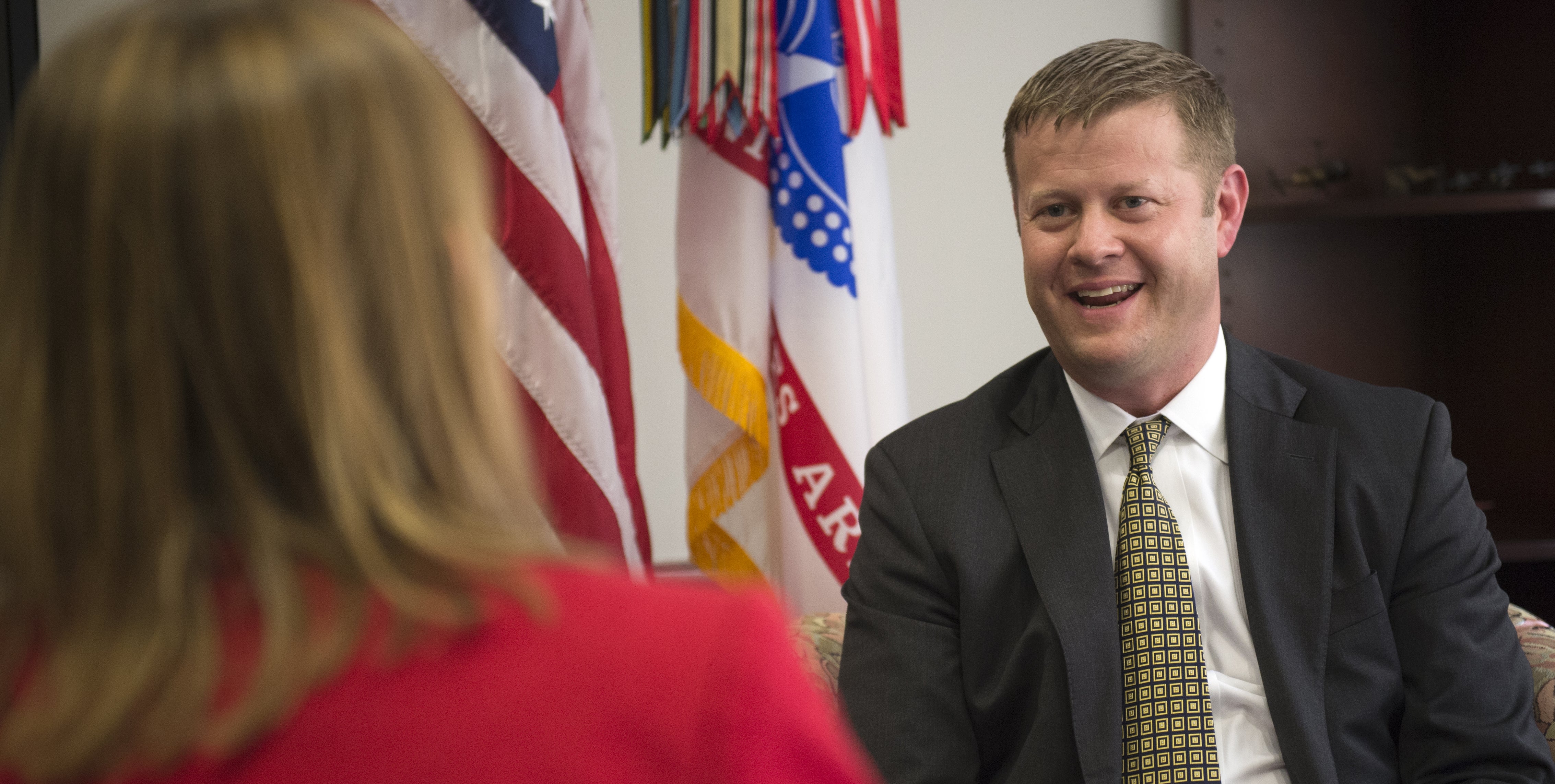Futures Command Pushes Army Comfort Zone
Futures Command Pushes Army Comfort Zone

Success of the U.S. Army Futures Command depends on not doing things the old Army way, Undersecretary of the Army Ryan D. McCarthy told Congress at a hearing focused on the new modernization and technology-driven organization.
“We are confident that Army Futures Command will address our past modernization shortcomings,” he told the House Armed Services Committee’s subcommittee on readiness. “This command will now drive accountability, provide agility and solution-generation, and produce results.
“To thrive in the information age, we must operate in a fast-paced, dynamic and evolving ecosystem,” McCarthy said. “We’ll become comfortable being uncomfortable by partnering with nontraditional actors operating with a lean organizational design, ensuring a connection to academia and industry that we have never achieved before. This change enables us to address problem-solving differently and gain accurate customer feedback by incorporating the best of Army warfighters with the best of American academia and industry.”
A key to doing this is in hiring and assignments, said Gen. John M. Murray, Futures Command’s first commanding general. “We are being very deliberate about aligning the right mix of talent, both military and civilian, against the complex problems the Army must solve,” he said.
Changing the Army’s modernization culture is also part of the solution, Murray said. “When you visit us in Austin, [Texas,] you will not see us in uniforms. What you will see is us operating out of a high-rise, integrating on a daily basis with entrepreneurs, scientists and businesses.”
This means employing “the entrepreneurial spirit of accepting the risk of failure early and cheaply in order to create the best solutions for our soldiers,” Murray said.

